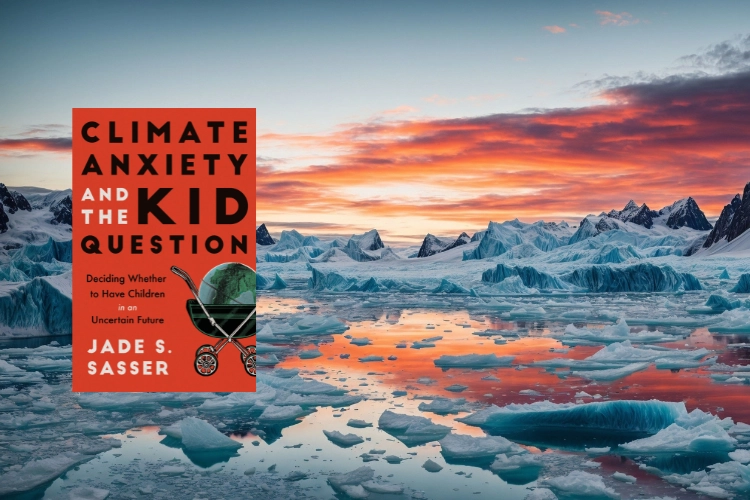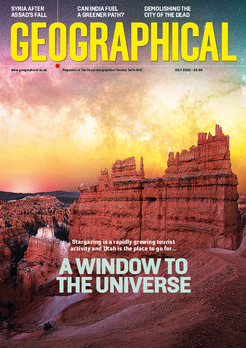
Sasser’s book focuses on the underrepresented effects of climate change upon ethnic minority communities & their decisions to have children
By
Jade S. Sasser, a professor of gender and sexuality studies at the University of California, Riverside, was already deep into the research for her new book when she posed its central dilemma to her predominantly non-white students: how were their feelings about climate change affecting their plans to have children? She was taken aback by the overwhelming response, one that revealed their anxiety, frustration and despair at their future prospects to have families.
Sasser says that while the link between climate change and what she calls the ‘kid question’ has been addressed by the media and scientific journals for years, they often miss an important detail: race. Climate change is known to disproportionately affect ethnic minority communities, so it’s a surprise to learn that little writing or research reflects this when it comes to young people’s reproductive concerns.
Climate Anxiety and the Kid Question aims to address this oversight, and is built around Sasser’s own studies, including a survey of 2,521 people aged 22–35, and several in-depth interviews (featured in her podcast of the same name).
It also draws on many more reports to prove that young people’s climate concerns are far from unfounded, such as studies on the very real risks that increased heat and air pollution pose to pregnant women and, in particular, pregnant women of colour. We also hear from would-be mothers who worry about other ways that climate change will affect their children and their traditional cultures.
Sasser explains that ‘reproductive resistance’ in the face of a crisis isn’t a new concept, at least in the USA. Enslaved black women chewed cotton roots, known for their contraceptive properties, to spare any child from growing up in slavery, and the author’s own parents struggled with the decision to have children amid the Cold War threat of nuclear attack. While she doesn’t offer any concrete solutions – something she makes clear from the start of the book – she highlights the need for greater representation in the fight for climate justice.




